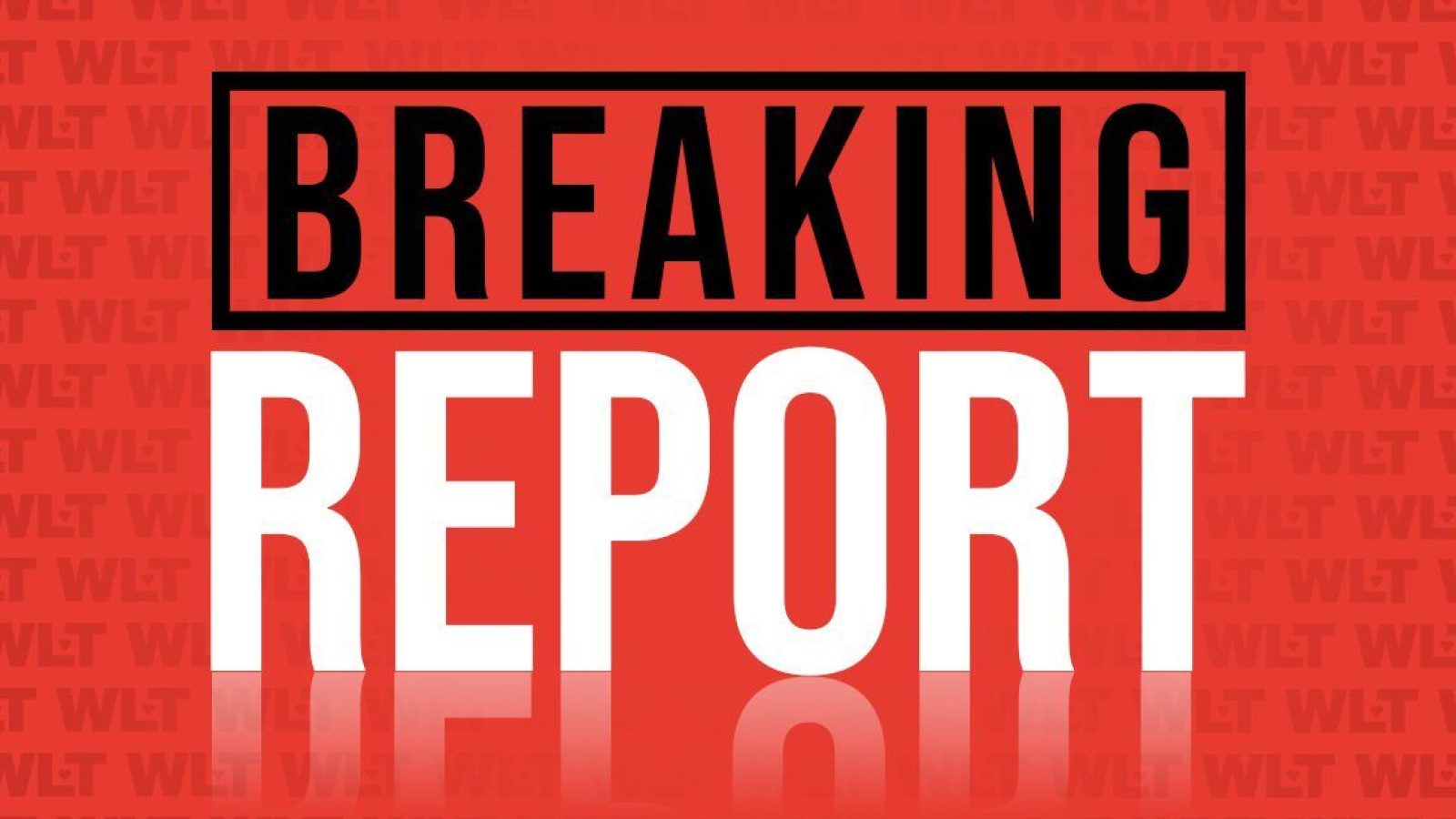First Republic Bank has collapsed.
In the latest bank failure, regulators seized First Republic, and JPMorgan Chase acquired all of the bank’s deposits and a “substantial majority of assets.”
According to reports, the collapse of First Republic will go down as the 2nd-largest bank collapse in U.S. history.
First Republic joins Silicon Valley Bank and Signature Bank as the third bank failure since March.
First Republic Bank was the 2nd largest bank failure in US history. Only Washington Mutual was bigger… pic.twitter.com/YnocngmGpM
— Charlie Bilello (@charliebilello) May 1, 2023
First Republic seized by California regulator, JPMorgan to assume all deposits. First Republic is 2nd largest Bank Failure in US history. FDIC estimates a $13bn loss to deposit insurance fund. First Republic's 84 offices to reopen on Mon as JPMorgan Chase. https://t.co/QBKxbAj76M pic.twitter.com/zqlPRFcGUg
— Holger Zschaepitz (@Schuldensuehner) May 1, 2023
The Federal Deposit Insurance Corporation (FDIC) published this press release:
First Republic Bank, San Francisco, California, was closed today by the California Department of Financial Protection and Innovation, which appointed the Federal Deposit Insurance Corporation (FDIC) as receiver. To protect depositors, the FDIC is entering into a purchase and assumption agreement with JPMorgan Chase Bank, National Association, Columbus, Ohio, to assume all of the deposits and substantially all of the assets of First Republic Bank.
ADVERTISEMENTJPMorgan Chase Bank, National Association submitted a bid for all of First Republic Bank’s deposits. As part of the transaction, First Republic Bank’s 84 offices in eight states will reopen as branches of JPMorgan Chase Bank, National Association, today during normal business hours. All depositors of First Republic Bank will become depositors of JPMorgan Chase Bank, National Association, and will have full access to all of their deposits.
Deposits will continue to be insured by the FDIC, and customers do not need to change their banking relationship in order to retain their deposit insurance coverage up to applicable limits. Customers of First Republic Bank should continue to use their existing branch until they receive notice from JPMorgan Chase Bank, National Association, that it has completed systems changes to allow other JPMorgan Chase Bank, National Association, branches to process their accounts as well.
As of April 13, 2023, First Republic Bank had approximately $229.1 billion in total assets and $103.9 billion in total deposits. In addition to assuming all of the deposits, JPMorgan Chase Bank, National Association, agreed to purchase substantially all of First Republic Bank’s assets.
The FDIC and JPMorgan Chase Bank, National Association, are also entering into a loss-share transaction on single family, residential and commercial loans it purchased of the former First Republic Bank. The FDIC as receiver and JPMorgan Chase Bank, National Association, will share in the losses and potential recoveries on the loans covered by the loss–share agreement. The loss–share transaction is projected to maximize recoveries on the assets by keeping them in the private sector. The transaction is also expected to minimize disruptions for loan customers. In addition, JPMorgan Chase Bank, National Association, will assume all Qualified Financial Contracts.
The resolution of First Republic Bank involved a highly competitive bidding process and resulted in a transaction consistent with the least-cost requirements of the Federal Deposit Insurance Act.
The FDIC estimates that the cost to the Deposit Insurance Fund will be about $13 billion. This is an estimate and the final cost will be determined when the FDIC terminates the receivership.
“Our government invited us and others to step up, and we did,” JPMorgan CEO Jamie Dimon said.
“This acquisition modestly benefits our company overall, it is accretive to shareholders, it helps further advance our wealth strategy, and it is complementary to our existing franchise.”
CNBC reported:
First Republic’s deposit drain in the first quarter forced it to borrow heavily from Federal Reserve facilities to maintain operations, which pressured the company’s margins because its cost of funding is far higher now. First Republic accounted for 72% of all borrowing from the Fed’s discount window recently, according to BCA Research chief strategist Doug Peta.
ADVERTISEMENTOn April 24, First Republic CEO Michael Roffler sought to portray an image of stability after the events of March. Deposit outflows have slowed in recent weeks, he said. But the stock tanked after the company disavowed its previous financial guidance and Roffler opted not to take questions after an unusually brief conference call.
The bank’s advisors had hoped to persuade the biggest U.S. banks to help First Republic once again. One version of the plan circulated recently involved asking banks to pay above-market rates for bonds on First Republic’s balance sheet, which would enable it to raise capital from other sources.
But ultimately the banks, which had banded together in March to inject $30 billion of deposits into First Republic, couldn’t agree on the rescue plan, and regulators took action, ending the bank’s 38-year run.
The latest bank collapse has many Americans worried that further bank failures are on the horizon.
The Treasury Department is still attempting to reassure Americans that things are fine and there’s nothing to worry about.
CNBC shared this quote from a U.S. Treasury spokesperson:
“The banking system remains sound and resilient, and Americans should feel confident in the safety of their deposits and the ability of the banking system to fulfill its essential function of providing credit to businesses and families.”



Join the conversation!
Please share your thoughts about this article below. We value your opinions, and would love to see you add to the discussion!